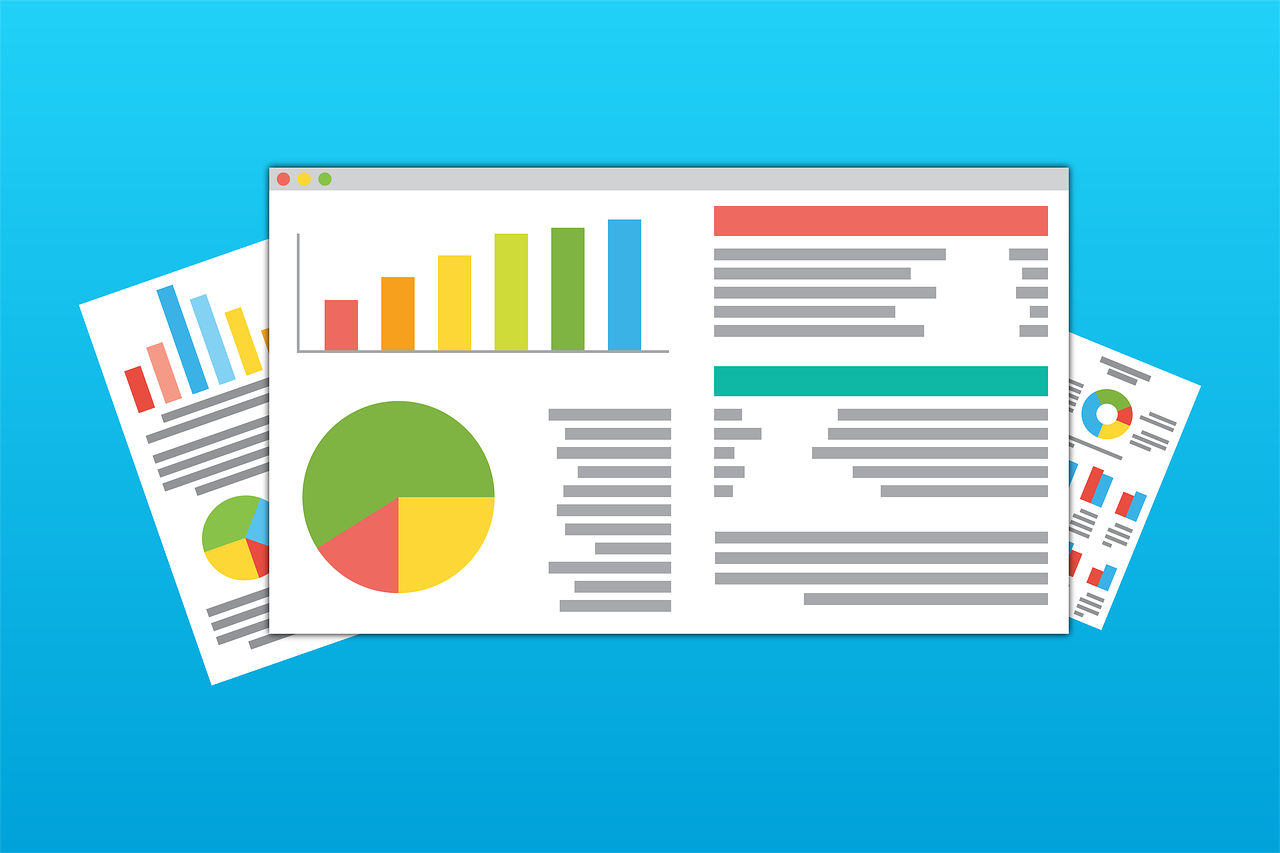Data is essential for business owners and freelancers. But what do you do when your data starts to feel unmanageable? In the tech age, staying on top of all your data and keeping it organized can be challenging. That'sThat's why this article has put together six practical tips to help you get your data in order.

Before you organize or manage anything, you must ensure your data is secure. In the tech age, there are a lot of ways for data to be hacked or stolen. So take the time to set up security measures like two-factor authentication and encryption. Two-factor authentication is when you have to confirm your identity with a second factor, such as a code sent to your phone. Encryption is a way of coding data so that only authorized people can read it. You can also consider simple data access using Satori's data portal to secure your data. With this setup, your data will be stored in their data center, which has state-of-the-art security. When your data is secure, you can relax and focus on other things, such as organizing your collected information.
Once your data is secure, you must ensure you have backups. Backups are copies of your information that you can use if your original data is lost or damaged. There are a few different ways to back up your data. You can back your data to the cloud, a remote storage system. Backing up your data to an external USB drive is also possible. You may want to back it up in multiple ways if you have a lot of data. For example, you can use both the cloud and an external hard drive to back up your data.
Using the cloud is an excellent way to store and manage data. With it, you can access the information you stored from anywhere, and you don't have to worry about losing it if something happens to your computer. It works by storing your data on remote servers and sending it to your device when needed. There are a lot of different cloud storage providers, so take some time to research which one is right for you. The most popular ones are Google Drive, Dropbox, and iCloud.
Now that your data is secure and backed up, you can start to organize it. There are a few different ways to manage data. You can handle data by topic, date, or by file type. If you opt to collect your data by topic, you can create folders for each subject and then put your files in the appropriate folder. If you choose to organize your data by date, you can create folders for each year, month, or day. And if you decide to collect your data by file type, you can create folders for each file type. You can also use tags to organize your data. Tags are keywords that you can use to search for and find files. For example, you could tag a file as "important" or "urgent." The key to organizing your data is to find a system that works for you and then stick to it.
Once your data is organized, you need to create a management system. A good plan will help you keep track of your data and find the information you need when you need it. There are a few different ways to create a system for managing data. One way is to use file management software like Evernote or Dropbox. File management software can help you organize your files and keep track of where they are. You can also use task management software like Asana or Trello. Task management software can help you keep track of your data and manage your tasks. Another way to create a system for collecting data is to use a spreadsheet. Spreadsheets are great for organizing data and keeping track of information. You can use a spreadsheet to track your data, or you can use it to create a database.
Once you have a system, you can set up automatic backups. Automatic backups are a way to back up your data without having to do it manually. You can set up automatic backups to the cloud, an external hard drive, or a USB drive. External hard drives and USB drives are great for backing up data because they are portable, and you can take them with you if you need to. Automatic backups can be scheduled to run daily, weekly, or monthly, depending on your needs.
Finally, you can archive your data. Archiving is a way of storing data that you don't need to access regularly. Archived data is stored in a separate location from your operational data. This helps to keep your active data organized and easy to find. You can archive data to the cloud, an external hard drive, or a USB drive. Just remember that when you archive data, you won't be able to access it as quickly as data that is not archived. This is because it will be in a different location. Usually, the information you need to archive is those big files you don't need regularly.

Following these six tips, you can get your data in order and start managing it effectively. Taking the time to do this will help you save time and frustration in the long run. So don't wait. Get started today. Rest assured that you can overcome the challenges of managing your data in the tech age with some effort. Good luck!





